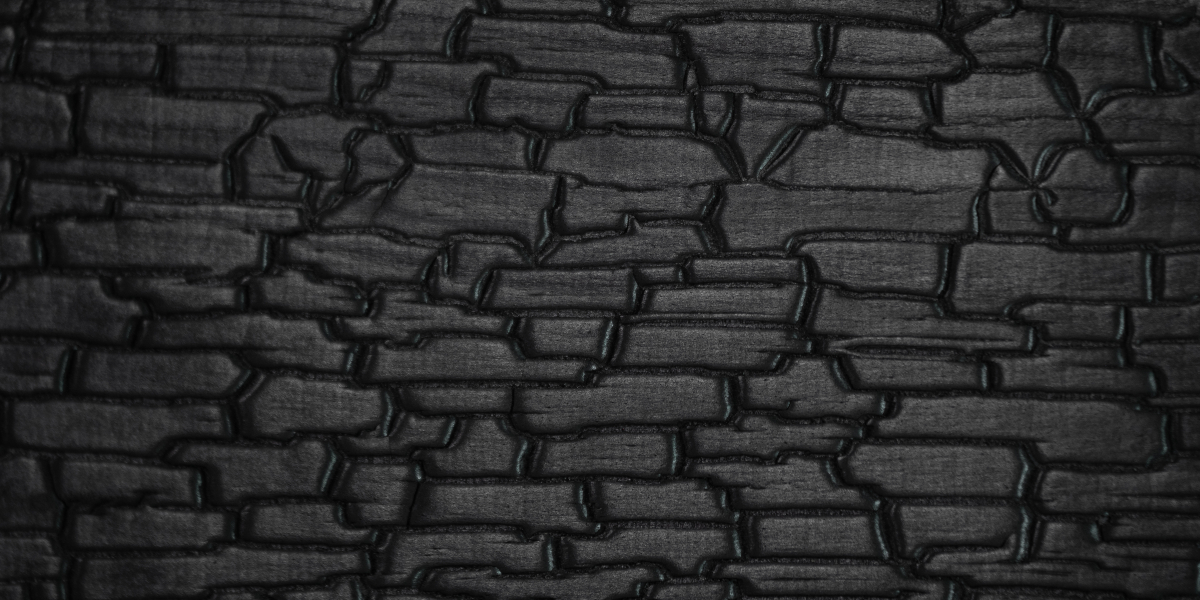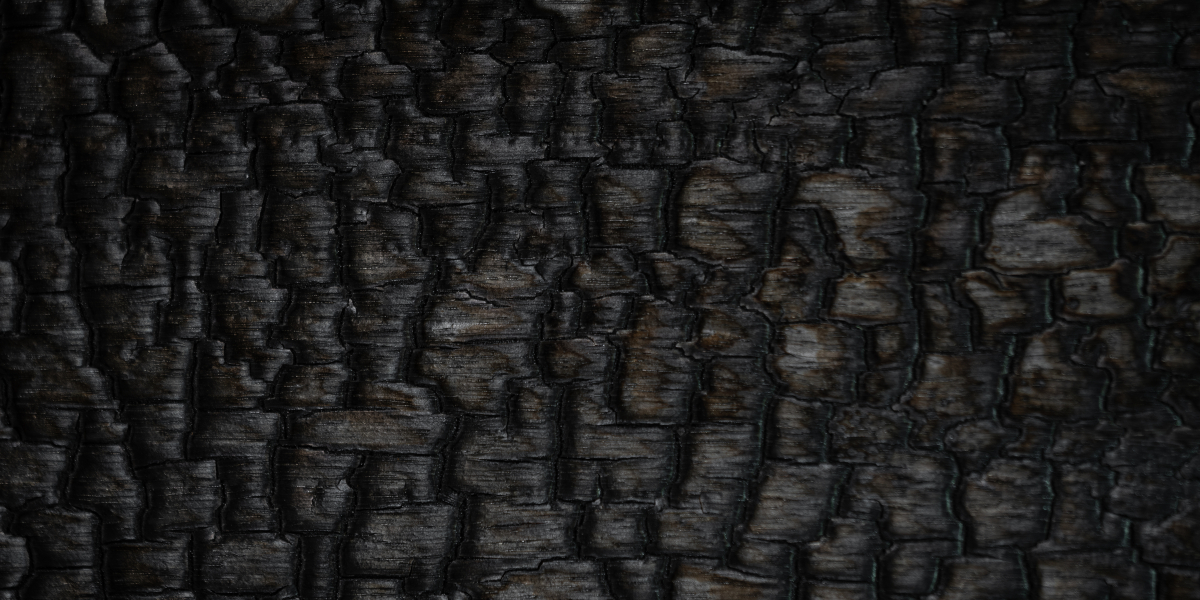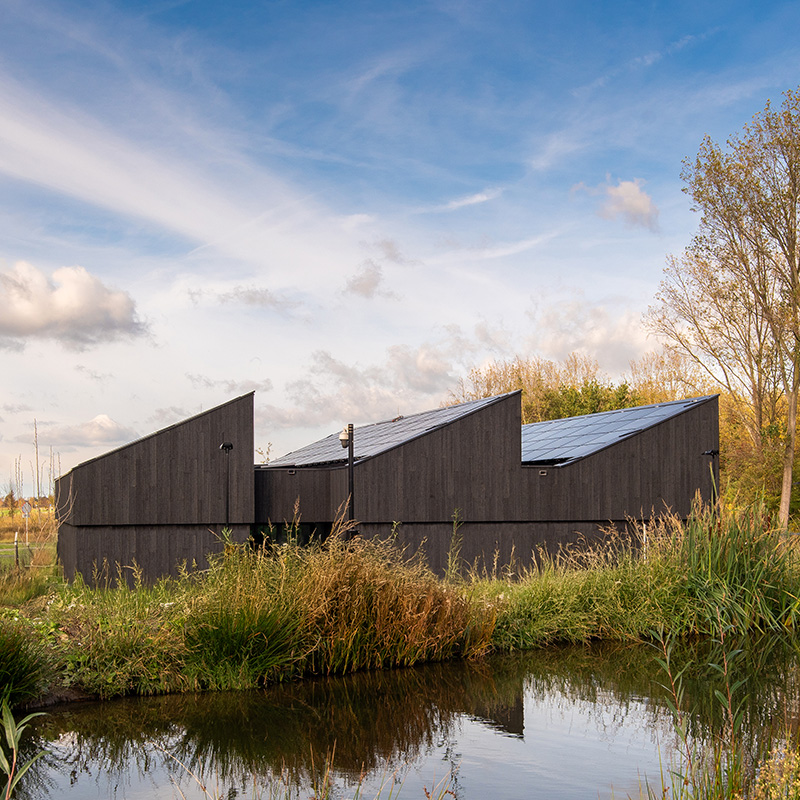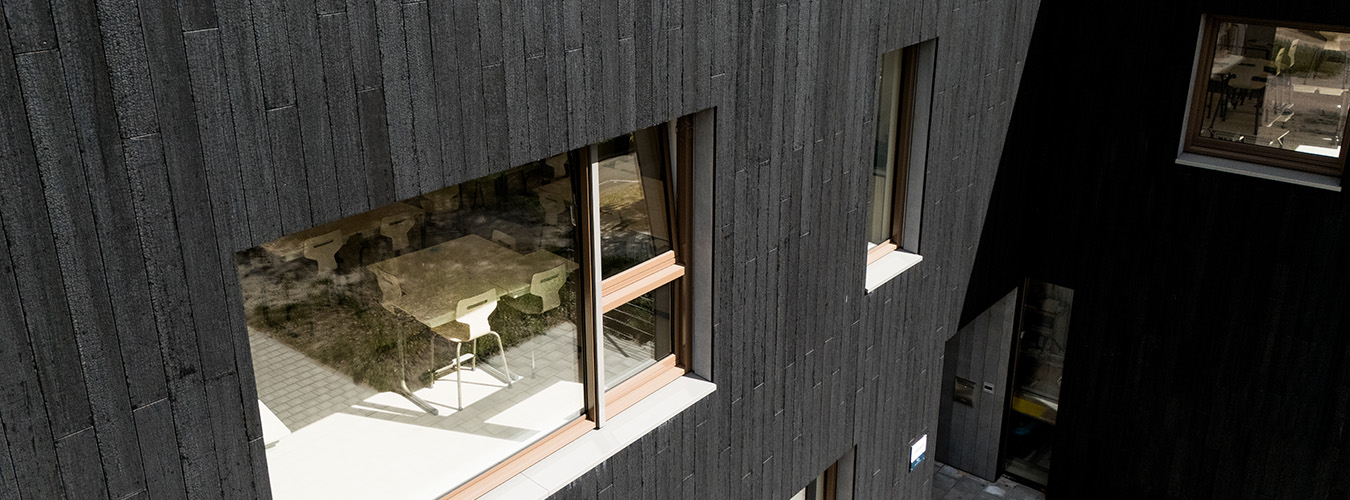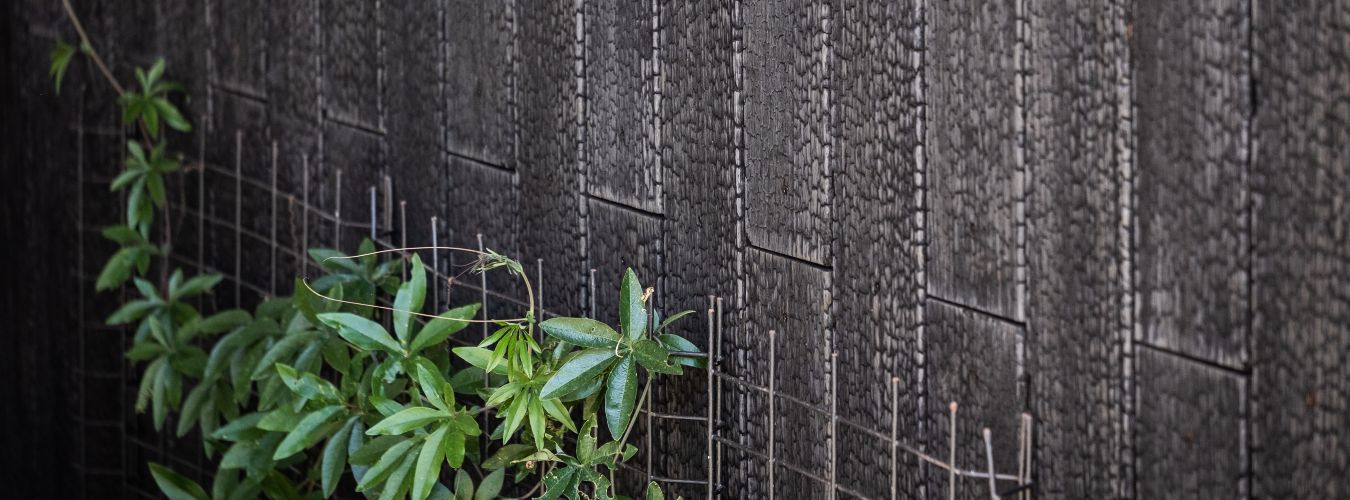Sustainability is a concept we can no longer ignore. Even in construction, concessions have to be made to achieve a green future. Circular construction is a form of building that supports this. But how exactly does it work? We will explain.
The basics: what circularity means
So circular building is a form of sustainable construction, but what exactly does circular mean? When something is circular, it means that everything from the product can be reused. As a result, products are not replaced or thrown away, but are given a new function.
Circular construction: how?
Looking at construction, circularity can be applied in several ways. Of course, in construction we can switch to using mostly renewable raw materials. But also, these should then be used as efficiently as possible. The reuse of materials is already considered when designing a building. For example, gluing materials together is less beneficial than screwing.
So circular construction is not just about the what, but also the how. Catching up in terms of sustainability can also be achieved, for example, when choosing a location that is easily accessible. That way, building materials do not have to be transported for miles.
Where does it come from?
A key term within circular construction is the Materials Passport. This document shows exactly where certain materials come from. This allows an additional check on whether they really are reusable, and how they have been processed. When something has to be demolished or dismantled, there is at least insight into which materials can be used circularly. In circular construction, a Materials Passport is not yet mandatory, but expectations are that it will become mandatory in the future.
What if it cannot be reused?
Unfortunately, we still live in a time when not everything can be reused. Even though sustainability is an increasingly big and relevant concept, there is still a lot to recover. In any case, there will continue to be materials that will not be reusable even in the future. In that case, circular construction can mean using materials that conform to the circular idea as much as possible.
This is why at Zwarthout | Shou Sugi Ban, for example, we work with wood sourced from sustainably managed forests, and all our products are bio-based and/or biodegradable. With our burnt facades, no chemicals are added that make recycling more difficult, as they cannot be separated from the wood.
The future of sustainable building
In addition, as mentioned, other factors can be taken into account. These can include the construction site: is it easily accessible, for example? But also the equipment: does it still run on fossil fuel or are there alternatives that ensure less environmental impact?
